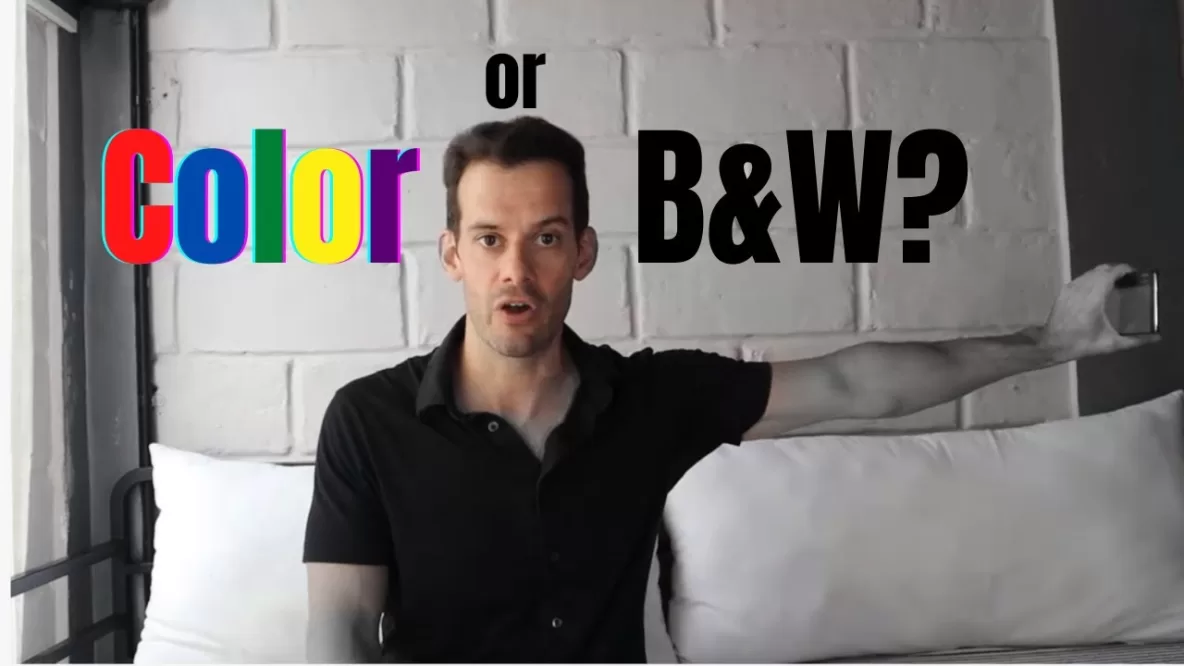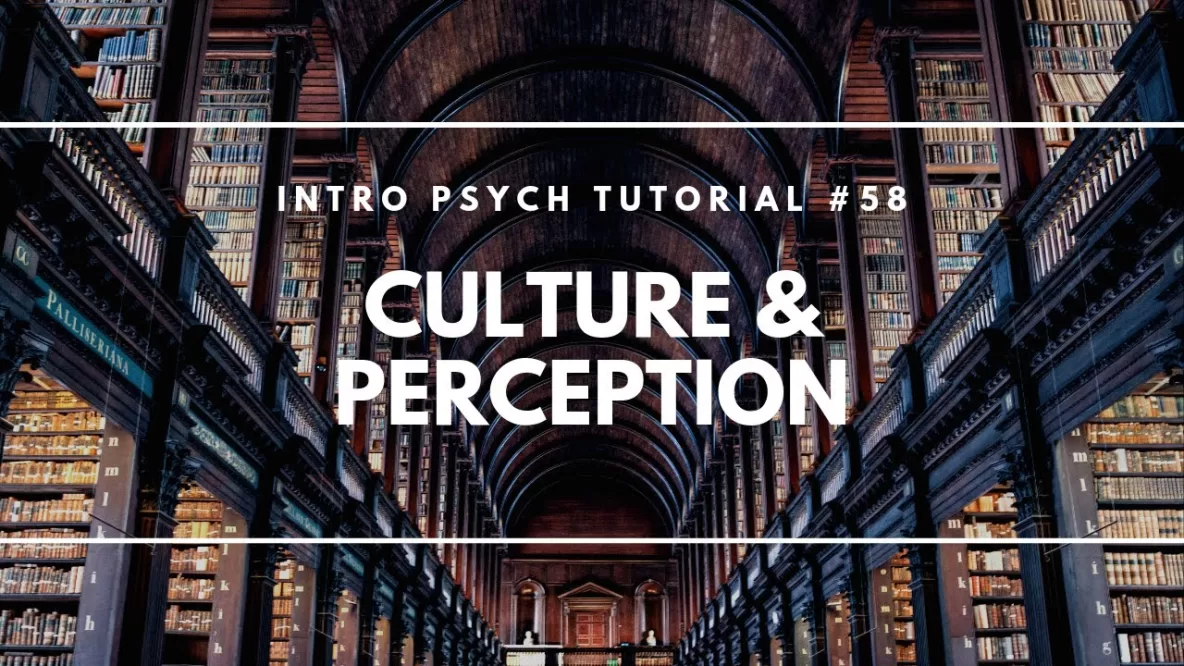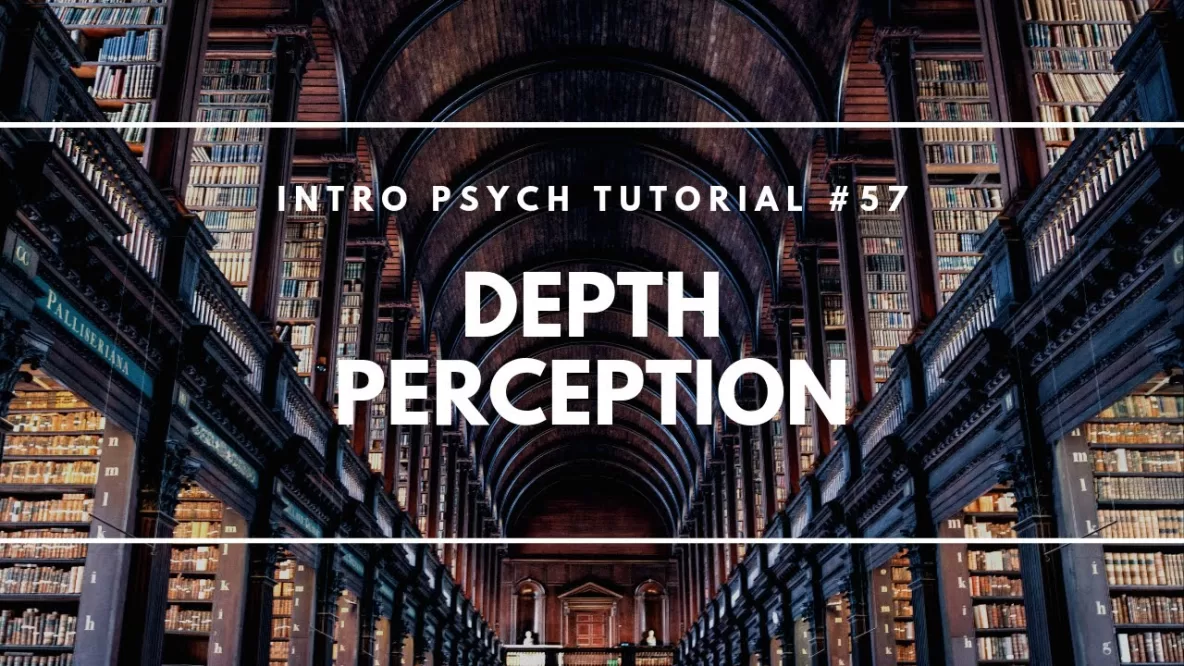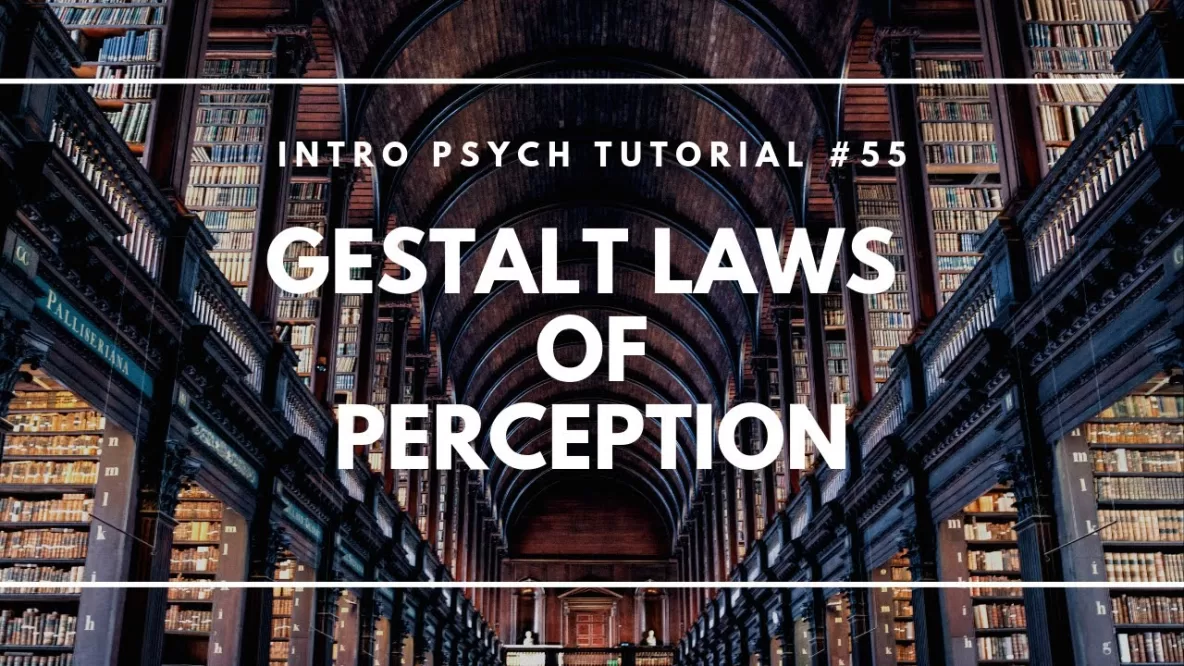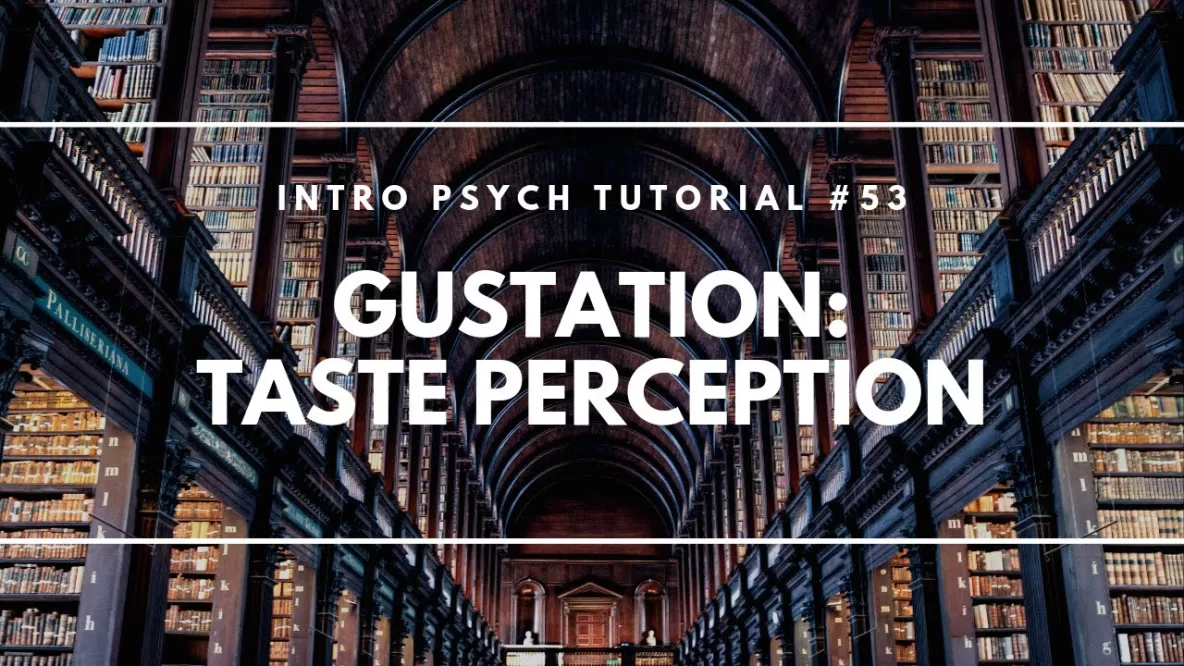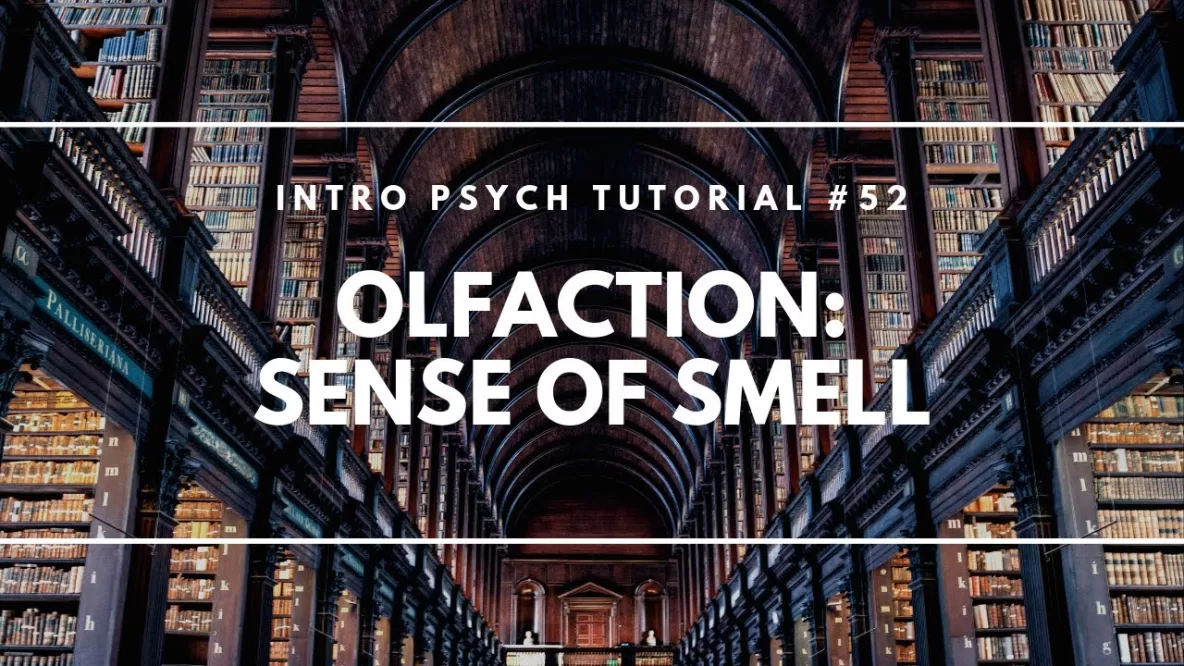In this video I discuss peripheral color vision, including the common misconception that peripheral vision is completely black and white. By looking at the distribution of rods and cones throughout the retina, we can see that color vision extends to … Read More
Sensation & Perception Practice Questions
The following video includes 10 practice multiple choice questions related to sensation and perception. I hope that these can help you to test and assess your own knowledge and provide practice retrieving the terms, ideas, and concepts that you’ve learned. … Read More
Sensation & Perception Knowledge Organizer
Here’s a knowledge organizer I’ve created of the most essential terms for sensation and perception in an introductory psychology course. These knowledge organizers are designed to help you identify the most important factual knowledge you need to have in order … Read More
Culture and Perception
In this video I consider the role of culture on perception. The fact that we must learn how to perceive the world creates the possibility that our culture can shape our perception. I provide one example of this, known as … Read More
Depth Perception
In this video I describe the many cues that we use to perceive depth and experience a 3D world based on the 2D information from our retinas. These include monocular cues (linear perspective, relative size, texture gradient, interposition, and shading), … Read More
Perceptual Constancy
In this video I describe perceptual constancy, which refers to the idea that we perceive a relatively stable and unchanging world despite the fact that sensory information is changing dramatically. I explain how this applies visually to size, brightness, and … Read More
Gestalt Laws of Perception
In this video I focus on perception and how we make sense of the information coming in from our senses. Gestalt laws refer to general principles for organizing and interpreting sensory information. I provide visual examples for several gestalt laws … Read More
Synesthesia: Mingling the Senses
In this video I explain synesthesia, in which stimulation of one sense can automatically stimulate another, such as seeing colors when hearing pitches or tasting sounds. I also demonstrate one way that researchers can test certain types of synesthesia and … Read More
Gustation: Taste Perception
In this video I explain the process of transduction for taste and how gustatory cells detect tastant molecules in food. I discuss structures of the tongue, including papillae, taste buds, and gustatory cells and consider evolutionary explanations for changes in … Read More
Olfaction: Sense of Smell
In this video I explain the process of transduction for scent; how odorant molecules in the air can trigger different olfactory receptor neurons which then send messages to the rhinencephalon or “nose brain”. I mention the links between scent, emotion, … Read More

